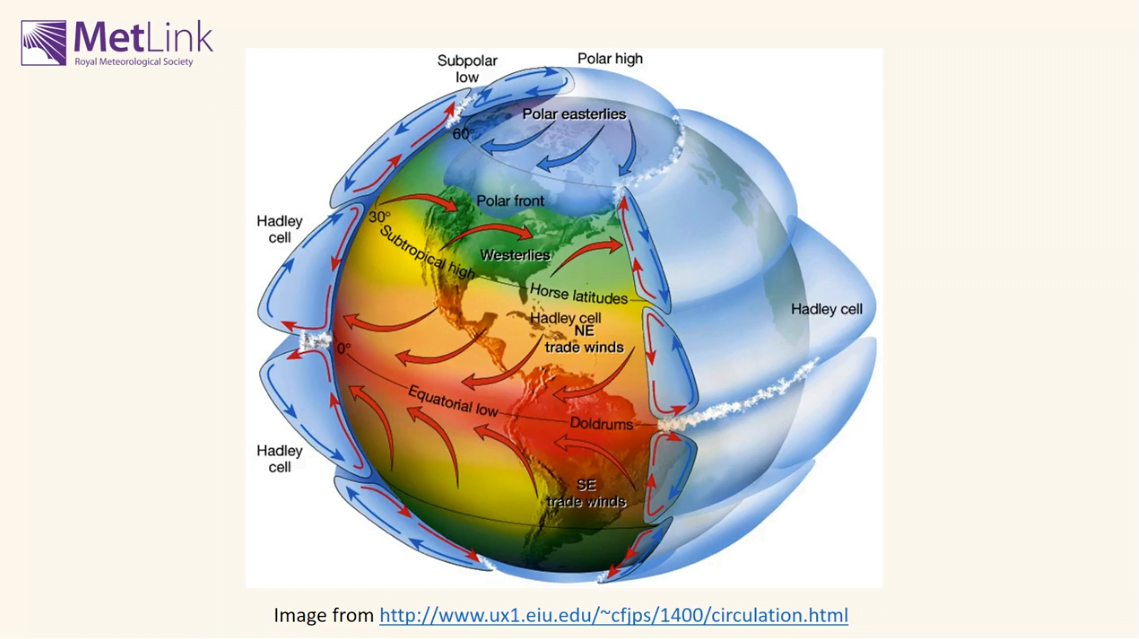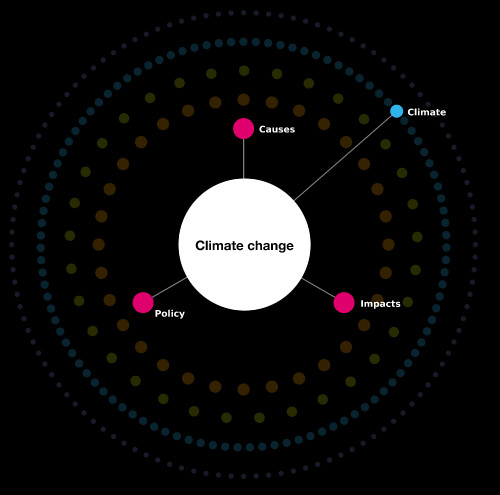Weather and Climate: a Teachers’ Guide
Pathway: Extending Weather
Anticyclones – Depressions – Microclimates – Urban Climates
Lesson overview: In this lesson we look at how urban areas have an impact on temperature, wind, air quality and precipitation.
Even a single building can have an impact on its surrounding microclimate. The larger the built-up area, the greater its potential influence on the microclimate of it and its surrounding area. The physical properties of urban areas – their structure, the materials they are made from and the relative lack of vegetation create a localised climate with unique characteristics. Urban areas can influence temperature, wind speed and direction, air quality, precipitation and humidity. As the climate changes, urban microclimates can be managed to keep towns and cities as cool as possible and to improve air quality. Temperature differences between urban and rural areas are greatest during the night and when there is little wind.
Learning objectives:
-
To understand how urban areas affect temperature, wind and precipitation levels.
-
To be able to explain why urban areas affect temperature, wind and precipitation levels.
-
To create a plan to combat urban climate effects.
Key Teaching Resources
Urban Climates PowerPoint
Urban Climates PowerPoint (easier)
Urban Climates PowerPoint (with harder isoline exercise)
Urban Climates worksheet
Urban Climates worksheet (easier)
Urban Climates worksheet (harder)
Teacher CPD/ Extended Reading
Read Urban Climates_More for Teachers
or watch
Alternative or Extension Resources
Assessment resource and mark scheme (covering several topics)
More Urban Heat Island information and teaching resources, and fieldwork resources for measuring UHIs.
Data skills resource looking at the impact of climate change on urban areas (advanced)




